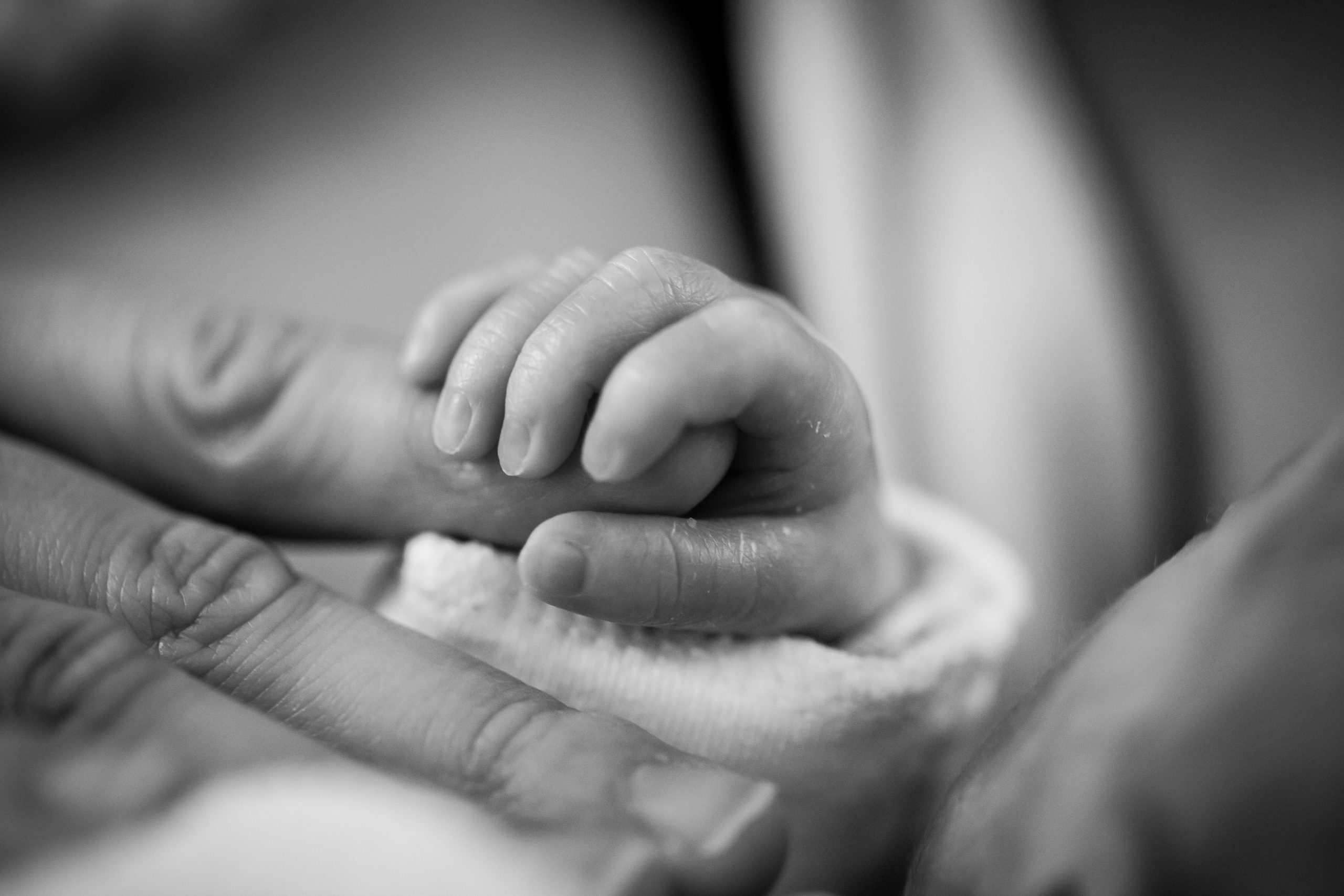When Lady Sybil, a wealthy British aristocrat in the popular television shown Downton Abbey, died of eclampsia during an episode set in 1920, it was a reminder of the progress that mankind has been made on maternal mortality. Despite being able to afford the best medical care of the day, Lady Sybil suffered from the most common of prenatal complications.
Affecting 6 per cent of all pregnancies, preeclampsia raises a pregnant woman’s blood pressure to dangerously high levels, and if left untreated, often results in violent seizures (eclampsia). It can lead to the death of the mother, the child, or both. Historically, no amount of wealth or privilege could save a woman from the horrific condition.
The World Health Organization defines maternal mortality as “the death of a woman while pregnant or within 42 days of termination of pregnancy.” Such deaths can occur for a variety of reasons, including bleeding and infection after childbirth, high blood pressure during pregnancy, complications during delivery and unsafe abortion.
Early statistics are difficult to come by, but British parish records indicate a maternal mortality rate of 1,000 per 100,000 live births in the first half of the 18th century. Since women were pregnant more often than is the case today, the actual risk of dying due to complications from pregnancy would have been much higher.
Preeclampsia’s exact cause is unknown, although it seems to begin with improperly functioning blood vessels in the placenta. There is no surefire way to prevent the condition. Some of the risk factors — such as advanced maternal age, obesity, or having children less than two years apart — can be avoided, but preeclampsia can still strike women without any known risk factors. Researchers have found some evidence that low-dose aspirin or calcium supplementation can reduce the risk of developing the condition.
Today, blood pressure monitoring is a routine part of all prenatal medical visits. It is intended to identify preeclampsia before blood pressure rises too high. The most effective treatment for preeclampsia is early delivery. Advancements in the ability of doctors to induce labour and care for preterm infants have thus dramatically improved preeclamptic women’s — and their children’s — odds of survival.
In cases where preeclampsia occurs too early in pregnancy for the child to survive delivery, several drugs that lower blood pressure can be prescribed to keep the woman’s condition stable until delivery is a realistic option. In wealthy countries, the vast majority of women diagnosed with preeclampsia now survive.
That’s progress, for it was was not always the case that medical care improved the outcomes of pregnancies. In the mid-19th century, a Hungarian physician named Ignaz Semmelweis noticed that women who gave birth at home died at a lower rate than women who were assisted by doctors.
He hypothesised that doctors, who did not used to wash their hands, passed diseases from other patients to pregnant women. Unfortunately, Semmelweis’ insight was ignored until the French biologist Luis Pasteur established a definitive link between germs and disease in the 1860s. After doctors started to disinfect their hands, maternal mortality began to fall — a trend that was much enhanced when German scientists Fritz Mietzsch, Joseph Klarer and Gerhard Domagk discovered antibiotics in the early 1930s.
As the knowledge of best medical practices spread and pharmaceutical drugs became more affordable, maternal mortality rates plummeted throughout the world. The global maternal death rate fell from 385 per 100,000 live births in 1990 to 216 in 2015. That’s a reduction of 44 per cent. In sub-Saharan Africa, the world’s poorest region, the rate of maternal deaths fell from 987 to 547 over the same time period. That’s a reduction of 45 per cent.
Similar declines took place in all other geographical regions, except for North America, where the US maternal death rate rose from a miniscule 12 per 100,000 live births to 14. The increase in the US maternal mortality rate seems to be driven by the rise in opioid addiction, which complicates pregnancy, as well as women becoming pregnant much later in life and resorting to more risky C-section child deliveries.
Globally, maternal mortality rates remain higher among women in far-flung rural areas that are difficult to reach by professional medical staff, women in cultures where adolescent pregnancy remains relatively popular and women in very poor countries without proper medical facilities. That said, the United Nations expects the maternal mortality rate to keep declining and fall to 70 per 100,000 live births by 2030.
Previously published on CAPX.







